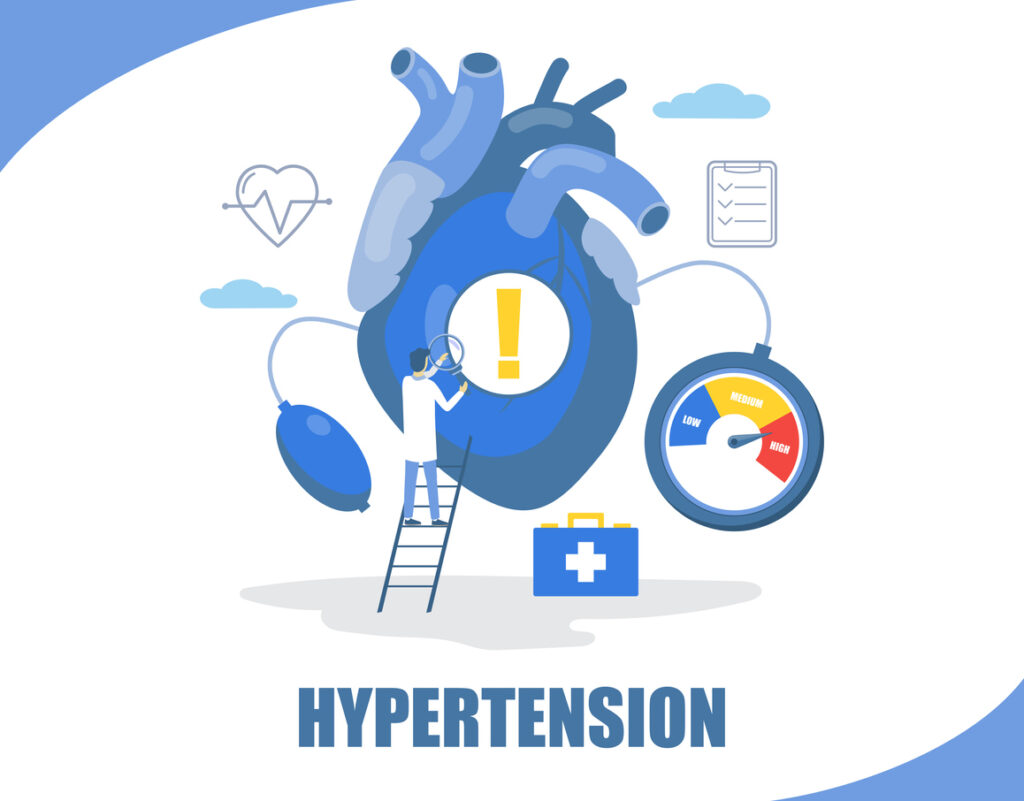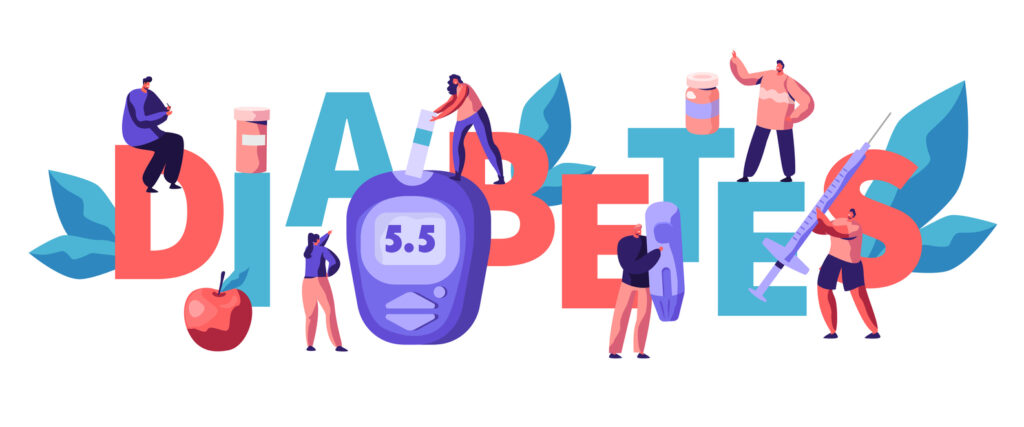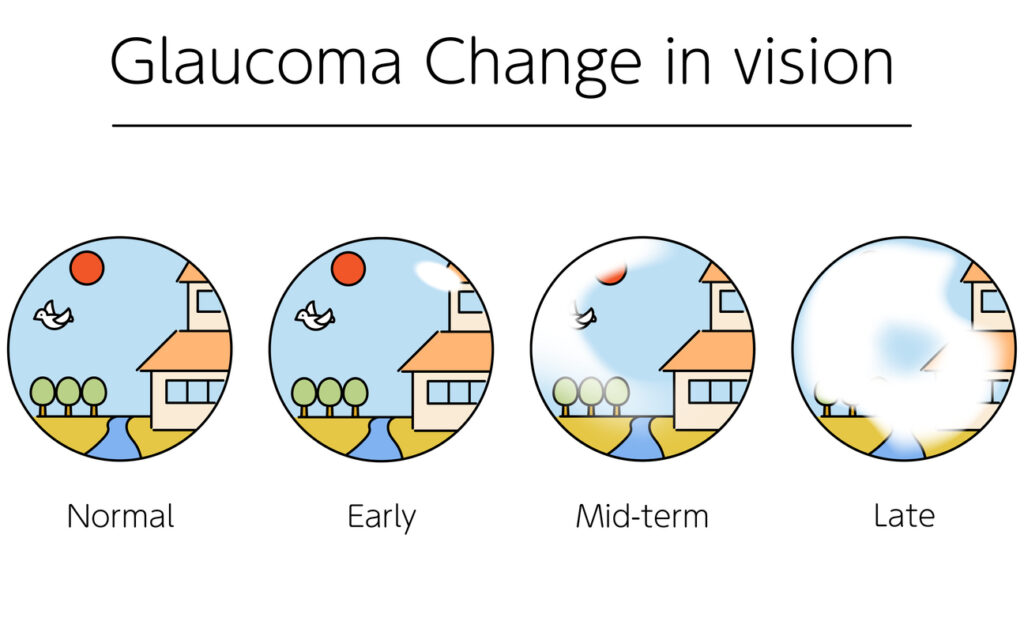The Three Silent Killers

Hypertension, diabetes, and glaucoma are the three silent killers. Often times, there are no symptoms for each one of these diseases. Therefore death is imminent without prevention.
Silent Killer Number 1-Hypertension
Did you know that in 2020 alone, there were more than 670,000 deaths in the U.S. related to hypertension? Just between the years 2003 to 2014, it costs the United States more than 131 billion each year. That was almost nine years ago. That number has probably doubled since. Those numbers are significant which leads us to believe that hypertension a.k.a, blood pressure is a very big problem in our country.
Hypertension, referred to one of the three silent killers. Most people don’t even know they have high blood pressure until it cannot be cured, or they have a stroke, heart failure and/or heart attack. This one particular “silent killer” is completely preventable via getting a health screening as often as possible. Without getting a regular checkup, you would never know that you have high blood pressure until it is too late. One can effectively manage high blood pressure through medication, lifestyle changes, etc. once one gets screened.. With the proper screenings, you might even be able to get off the medication, and live a normal lifestyle.
 Silent Killer Number 2-Diabetes
Silent Killer Number 2-Diabetes
The next silent killer is diabetes. It is similar to hypertension as in many cases, you do not know you have it. With diabetes, it can be a long time before symptoms appear. According to the American Diabetes Association, there are about an estimated 30 million people that have type 2 diabetes , and are currently undiagnosed. It can sneak up on you quickly when your blood sugars increase gradually.
Diabetes Overlooked Symptoms
Some of the symptoms include fatigue, weight loss, excessive thirst, constant hunger and frequent urination. Many people disregard those symptoms as “something else”, and ignore the red flags right in front of them. The American Diabetes Associates also estimates that there are about 84 million people that have pre-diabetes. Pre-diabetes indicates higher than normal blood sugar level, but it does not reach the threshold to qualify as type two diabetes. 84 million people having pre-diabetes is very indicative of people not getting a yearly health screening.
With a good health screening, you can discover pre-diabetes early, and can be put on the proper course of action. Doctors can recommend that you go on a weight loss program. They may suggest that you increase your physical activity. Just with those easy tweaks, your blood glucose level can return to normal. That is why it is critical to get checked so you can catch it early. Do you know if you are at risk for diabetes? The following is a list of several risk factors that are associated with type 2 diabetes: family history, ethnicity-Pacific Islander, African American, older than age 45, high blood pressure, gestational diabetes, body mass index above 25 or waist size larger than 40 inches for mean and 35 inches for women, physically inactive. If you answered yes to any of the above risks, then it is time to get that health screen scheduled.
Silent Killer Number 3-Glaucoma
The last of the three silent killers that many people don’t know about is glaucoma. Did you know that glaucoma affects more than 2.7 people in the country, and 60 million worldwide? Therefore, glaucoma is referred to as “the silent thief of sight’.” The reason being is that researchers still do not know what causes it in most cases. It is a disease that damages the optic nerve. The optic nerve is a cable at the back of each eye that connects to the brain. The damage to the optic nerve is associated with increased pressure inside the eye. When the pressure becomes too much, then the nerve loses tissues which ultimately can result in visual impairment.
Unfortunately , there are very unnoticeable symptoms with glaucoma. A person can lose up to 40 percent of their vision before they notice there is a problem. Once it becomes diagnosed, people usually have irreversible vision damage and/or loss. Did you know that 40 percent of people lose their vision? A simple health screening could prevent this early. Have you ever gone to get an eye screening where they shoot that uncomfortable puff of air at you? The person performing the test more than likely has to repeat it because you blink. As uncomfortable as this test is, this is the test that helps screen for glaucoma.

Who is at Risk for Glaucoma?
There are other risk factors that one needs to watch for in terms of glaucoma. Age is a factor. There are more than 3 million people in the country diagnosed with glaucoma over the age of 40. There is also a risk for people that have a family history of this disease. Having high eye pressure, past traumatic eye injuries, diabetes, or hypertension puts you at a higher risk for glaucoma.
There is no cure for glaucoma, however there are treatments to make living with it manageable. The most important thing you can do is to get a complete eye examination and/or screening yearly. During that screening, the doctor will not only check your eye pressure, but check the eye’s drainage, angle, optic nerves and cornea. By checking all the areas of the eye, the doctor can establish treatment, and show or manage the effects of this disease. Surgery is also a possibility.
Prevention is Key for these Three Sneaky Killers
Maybe silence isn’t golden after all, especially learning about these three silent killers, but the one thing we have learned is that prevention is key. Screenings will earn you a peace of mind. I bet the many millions of people who had no symptoms and ended up in an unfavorable situation via losing their eyesight or having a heart attack think twice now about prevention. Balance your life, make that health screening appointment today! It will save you heartache in the long run.











